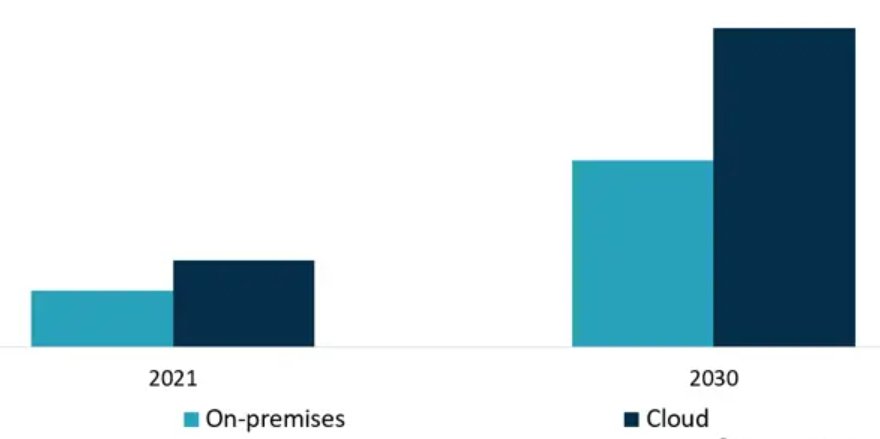Objective:
The objective is to analyze the human resources aspects of the organization to optimize workforce planning, talent management, employee engagement, and overall HR performance.
Data:
Data sources include employee demographics, performance evaluations, recruitment metrics, training records, turnover rates, employee satisfaction surveys, compensation data, and HR policies.
Analysis Methodologies:
Workforce Planning Analysis:
Assessing current workforce demographics, including age, gender, education, skills, and experience levels.
Forecasting future workforce needs based on business objectives, growth projections, and industry trends.
Identifying skill gaps and succession planning requirements.
Talent Management Analysis:
Evaluating employee performance metrics, such as productivity, efficiency, and goal attainment.
Identifying high-potential employees and developing talent pipelines for key roles.
Assessing training and development programs to enhance employee skills and competencies.
Employee Engagement Analysis:
Analyzing employee engagement survey results to measure job satisfaction, morale, and organizational commitment.
Identifying factors influencing employee engagement, such as leadership effectiveness, communication channels, and workplace culture.
Implementing initiatives to improve employee engagement and retention rates.
Recruitment and Retention Analysis:
Analyzing recruitment metrics, including time-to-fill, cost-per-hire, and source effectiveness.
Assessing turnover rates, reasons for turnover, and retention strategies.
Identifying areas for improving recruitment processes and employee retention programs.
Compensation and Benefits Analysis:
Evaluating compensation structures, salary levels, and benefit packages to ensure competitiveness in the market.
Benchmarking compensation data against industry standards and regional averages.
Analyzing the effectiveness of incentive programs and employee benefits in attracting and retaining talent.
Diversity and Inclusion Analysis:
Assessing diversity metrics, including representation of different demographics within the workforce.
Evaluating diversity and inclusion initiatives and their impact on organizational culture and employee engagement.
Implementing strategies to promote diversity and inclusion in recruitment, promotion, and talent development processes.
Performance Management Analysis:
Reviewing performance evaluation processes, criteria, and performance appraisal results.
Identifying top performers, areas for improvement, and development needs.
Aligning performance management practices with organizational goals and employee career development objectives.
HR Policy and Compliance Analysis:
Reviewing HR policies, procedures, and compliance with employment laws and regulations.
Identifying areas of non-compliance or potential legal risks.
Implementing measures to ensure HR policies are consistent, fair, and compliant with relevant regulations.
Employee Well-being and Work-life Balance Analysis:
Assessing employee well-being initiatives, health and wellness programs, and work-life balance policies.
Analyzing absenteeism rates, stress levels, and employee satisfaction with work-life balance.
Implementing strategies to support employee well-being and enhance work-life balance.
KPIs:
Key performance indicators include employee turnover rates, retention rates, time-to-fill, cost-per-hire, employee satisfaction scores, engagement scores, training and development metrics, diversity metrics, performance ratings, and compliance audit results.
Output:
Comprehensive HR analysis report presenting findings, insights, and recommendations for optimizing workforce management, talent development, and HR policies. Visualizations such as charts, graphs, and dashboards may be included to illustrate key findings.
Insights:
The HR analysis provides valuable insights into workforce dynamics, employee engagement, talent management practices, and compliance with HR policies. By leveraging these insights, organizations can make informed decisions to attract, develop, and retain top talent, foster a positive work culture, and drive organizational success.

